On the Menu: What the Pilgrims Really Ate At Thanksgiving
The "traditional" Thanksgiving meal is hardly traditional. See what was really on the menu!
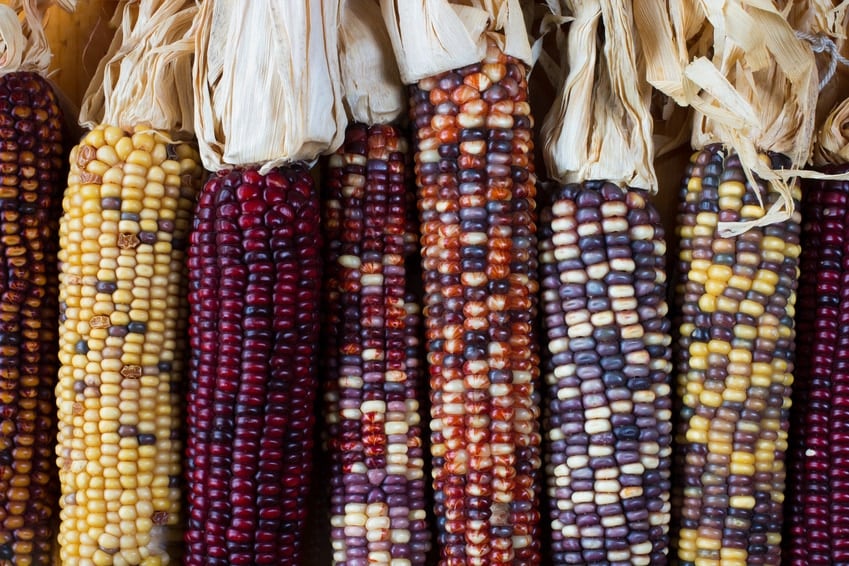
For most Americans, the “traditional” Thanksgiving feast includes turkey, cranberry sauce, sweet potato casserole, pumpkin pie, and green bean casserole. The whole meal may last an hour or two. However, many of the foods we associate with a traditional Thanksgiving dinner actually weren’t available for the first feast, which stretched for three days. So what foods were served at the first Thanksgiving?
According to food historians, two surviving documents reference the maiden meal but only in broad strokes. Though turkey was likely present, experts believe the focus was more on goose or duck, but that swan and pigeons may have fit the poultry bill (puns withstanding) as well.
First Thanksgiving Menu
Fowl
Items such as waterfowl, wildfowl (yes, there were turkeys, but they were wild, not domestic), venison, chestnuts, shellfish, possibly porridge made from corn (sometimes sweetened with molasses, if available), and wild fruits graced that first table, where pilgrims and Wampanoag broke proverbial bread.
It is speculated that small birds were spit-roasted and large birds were first boiled and then spit-roasted for flavor. If stuffed at all, experts say it would have been with onion and herbs or maybe shelled chestnuts–not bread or bread products as we favor today.
They also ate venison from the five deer that the Indians brought to the celebration, as well as duck and geese.
Seafood
Eels, lobster, clams, bass, oysters, and mussels were abundant along the New England coast and would have found their place at the harvest table. Preserving by drying or smoking fish was also a popular practice, so fish in this form may have also been present.
Cod and bass were also served, and it’s very likely that shellfish appeared on the first Thanksgiving table because it was a common food of the day.
Bread
Breads were generally baked in round loaves instead of in loaf pans. A favorite was sourdough bread, which the Pilgrims called “Cheate Bread.” Cornbread was made from hominy.
Corn
The early corn was known as flint corn, which was raised by the Indians and roasted. It’s not sweet corn or popping corn. Flint corn is a variant of maize, the same species as common corn but the kernels can be different colors on the same cob. Each kernel has a hard outer layer to protect the soft inside, so it likened to being “hard as flint.”
Vegetables
The few vegetables that were served were boiled onions and spinach and stewed pumpkin. Onions were peeled, quartered, and boiled with raisins, sugar, egg, and vinegar. Spinach was also boiled. It was then drained and served with currants, butter, sugar, and vinegar.
Dessert
Prune tart seasoned with rosemary, rosewater, and cinnamon and sweetened with sugar.
Pumpkin pie wasn’t served in a pastry shell. Instead, pumpkins were diced and stewed, then seasoned with ginger, cinnamon, butter, and vinegar to make it tart.
what About Cutlery?
So how did the Indians and Pilgrims eat all this food? Not with a fork, which hadn’t debuted on the dining room table yet. Guests sliced off their own portions of meat with a knife. Spoons, wood plates, bowls, and large linen napkins were used. Napkins were also used as hot pads to handle hot meats during the early days of Plymouth.
What there wasn’t…
While cranberries may have been plentiful, the concept of cranberry sauce and its sugary component was generations into the future, so a 17th-century sweet tooth was not satisfied in that way. However indigenous plums, blueberries, grapes, gooseberries, and raspberries grew (and some continue to grow!) wild in the New England region, and what was in season very likely helped fill the table and certainly rumbling stomachs.
Apples and pears weren’t growing in this region at the time and certainly weren’t on hand to make into pies or sauce.
White potatoes, originating in South America, and sweet potatoes from the Caribbean had not yet made their way to North America in 1621, so the coveted side dishes were likely not even a twinkle in a cook’s eye, though bountiful pumpkins and squash were there in some form. Various accounts of the era note culinary practices included hollowing out a pumpkin and filling the shell with milk, honey, and spices to make custard then roasting everything in hot ashes.
Pilgrims’ First Thanksgiving Recipes
If you’re looking to make history with this year’s holiday meal, these recipes based on foods from the first Thanksgiving may give you the opportunity to do just that. While clearly not replicating recipes and procedures of the era, they are delicious just the same!
Pumpkin Shell Custard
Ingredients:
1 pumpkin, 5-7 lbs.
6 whole eggs
2 cups heavy cream or milk
1/2 cups brown sugar
1 tablespoon molasses
1/2 teaspoon nutmeg
1 teaspoon cinnamon
1/4 teaspoon ginger
2 tablespoons butter
Whipped cream, optional
Directions:
Preheat oven to 350 degrees F.
Cut lid off pumpkin and scoop out seeds. Mix remaining ingredients except butter and pour in pumpkin. Top with butter. Place lid back on pumpkin and place in a baking pan. Bake for 1 to 1½ hours or until mixture has set like a custard. To serve, remove top and scoop out some of the pumpkin with the custard. Serve with whipped cream if desired.
Corn Porridge
Ingredients:
Extra virgin olive oil
1/2 onion, peeled and thinly sliced
2 cups skim coconut milk
1 3-inch piece fresh ginger, halved
2 15-ounce cans white hominy corn, drained
Kosher salt and freshly ground pepper
1 pinch ground nutmeg
1 cup low sodium chicken stock
Directions:
Set large sauté pan over medium heat and add a “2 count” of olive oil. Add onion and caramelize for 10 to 15 minutes. Stir in coconut milk and ginger and simmer for five minutes to reduce a little. Remove ginger and add hominy. Season mixture with salt and pepper to taste. Add nutmeg and chicken stock and cook for 10 minutes to heat through and allow flavors to come together. Season with more pepper, if desired.
Roast Goose
Ingredients:
1 fresh or frozen (12-pound) goose, giblets reserved
Salt and freshly ground black pepper
3 medium carrots, scrubbed and cut in half
3 stalks celery, cut in half
1 head garlic, cut in half crosswise
1 bunch fresh thyme sprigs
1 bunch fresh sage
1 medium onion, cut in half
8 sprigs flat-leaf fresh parsley
1 dried bay leaf
1 teaspoon whole black peppercorns
1/2 cup dry white wine
1 tablespoon unsalted butter
Directions:
If frozen, place in refrigerator overnight to thaw. Remove goose from the refrigerator and let stand at room temperature for 30 minutes. Preheat oven to 400 degrees.
Rinse goose inside and out with cold running water, and pat dry with paper towels. Trim as much excess fat as possible from the opening of the cavity. Remove first and second joints of the wings and set them aside for use in making the stock.
With the point of a sharp knife, prick the entire surface of the goose skin, being careful not to cut into the flesh. Fold neck flap under the body of the goose and pin flap down with a wooden toothpick. Generously sprinkle the cavity with salt and pepper and insert 2 carrot halves, 2 celery-stalk halves, garlic, thyme, and sage. Using a piece of kitchen twine, tie the legs together. Generously sprinkle outside of goose with salt and pepper, and place it, breast-side up, on a wire rack set in a large roasting pan.
Roast goose in oven until it turns a golden brown, about 1 hour. With a baster, remove as much fat as possible from the roasting pan every 30 minutes. Reduce the heat to 325 degrees, and roast until the goose is very well browned all over and an instant-read thermometer inserted into a breast, not touching a bone, registers 180 degrees, about 1 hour after reducing the temperature.
Meanwhile, prepare goose stock, which will be used when making the gravy and the dressing. Trim and discard any excess fat from the wing tips, neck, and giblets, and place them in a small stockpot. Add 4 carrot halves, 4 celery-stalk halves, both onion halves, parsley, bay leaf, peppercorns, and enough water to cover the bones and vegetables by 1 inch (about 2 1/2 quarts water). Place stockpot over high heat and bring to a boil. Reduce heat to medium low, and simmer stock, skimming the scum as it forms, for 2 hours. Strain stock through a cheesecloth-lined strainer. Remove and discard the fat floating on the surface of the stock, and set the stockpot aside.
Remove goose from the oven, and transfer it to a cutting board that has a well. Let the goose stand 15 to 20 minutes.
Meanwhile, prepare the gravy. Pour off all the fat from the roasting pan and place pan over high heat. Pour in wine and cook, stirring up any brown bits with a wooden spoon until the cooking liquid is reduced by three-quarters. Add 2 cups goose stock, and cook, stirring until liquid is again reduced by three-quarters. Season with salt and pepper to taste. Stir in butter and cook until slightly thickened. Pass gravy through a cheesecloth-lined strainer into a gravy boat, and serve with the goose.

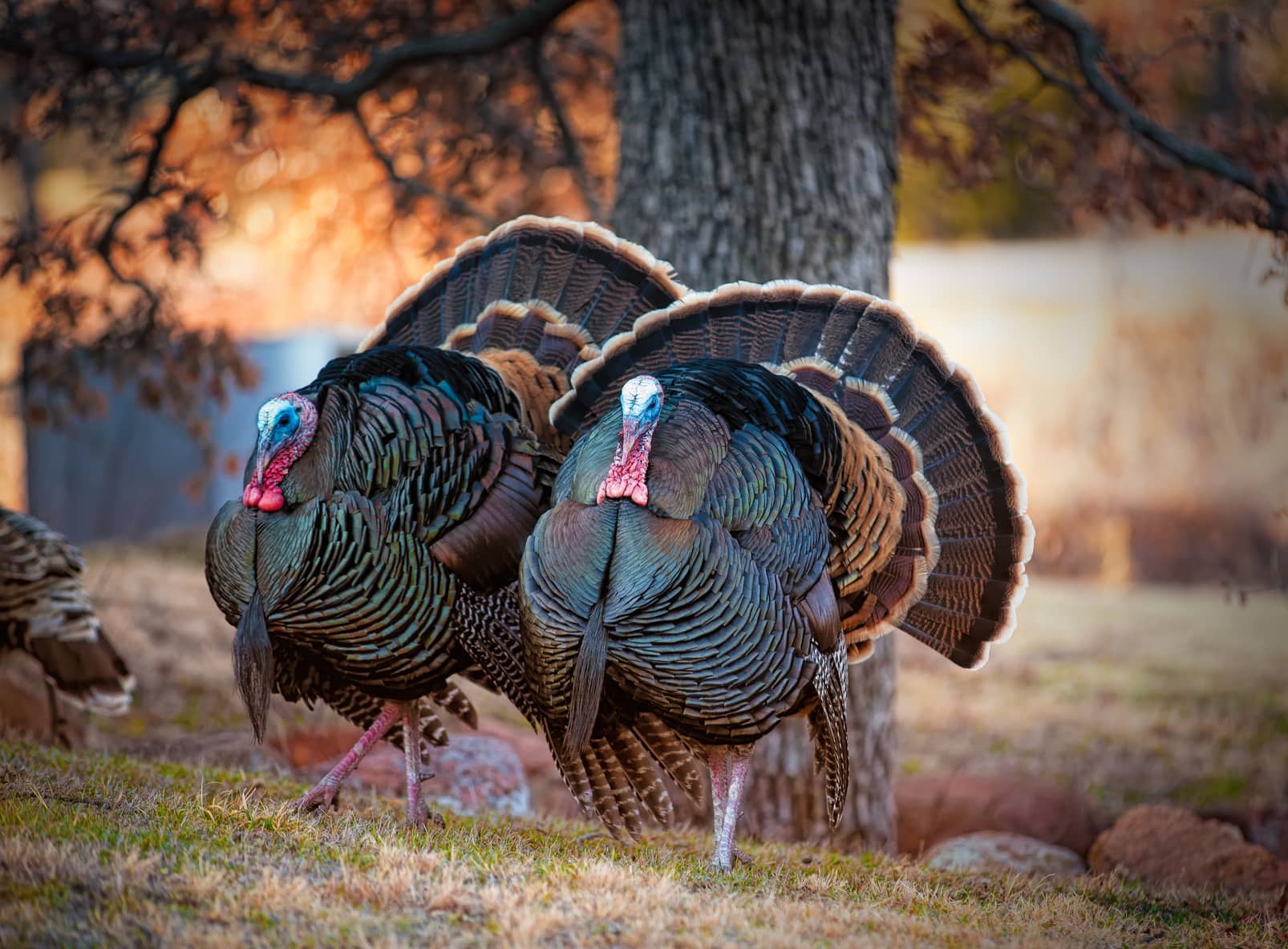
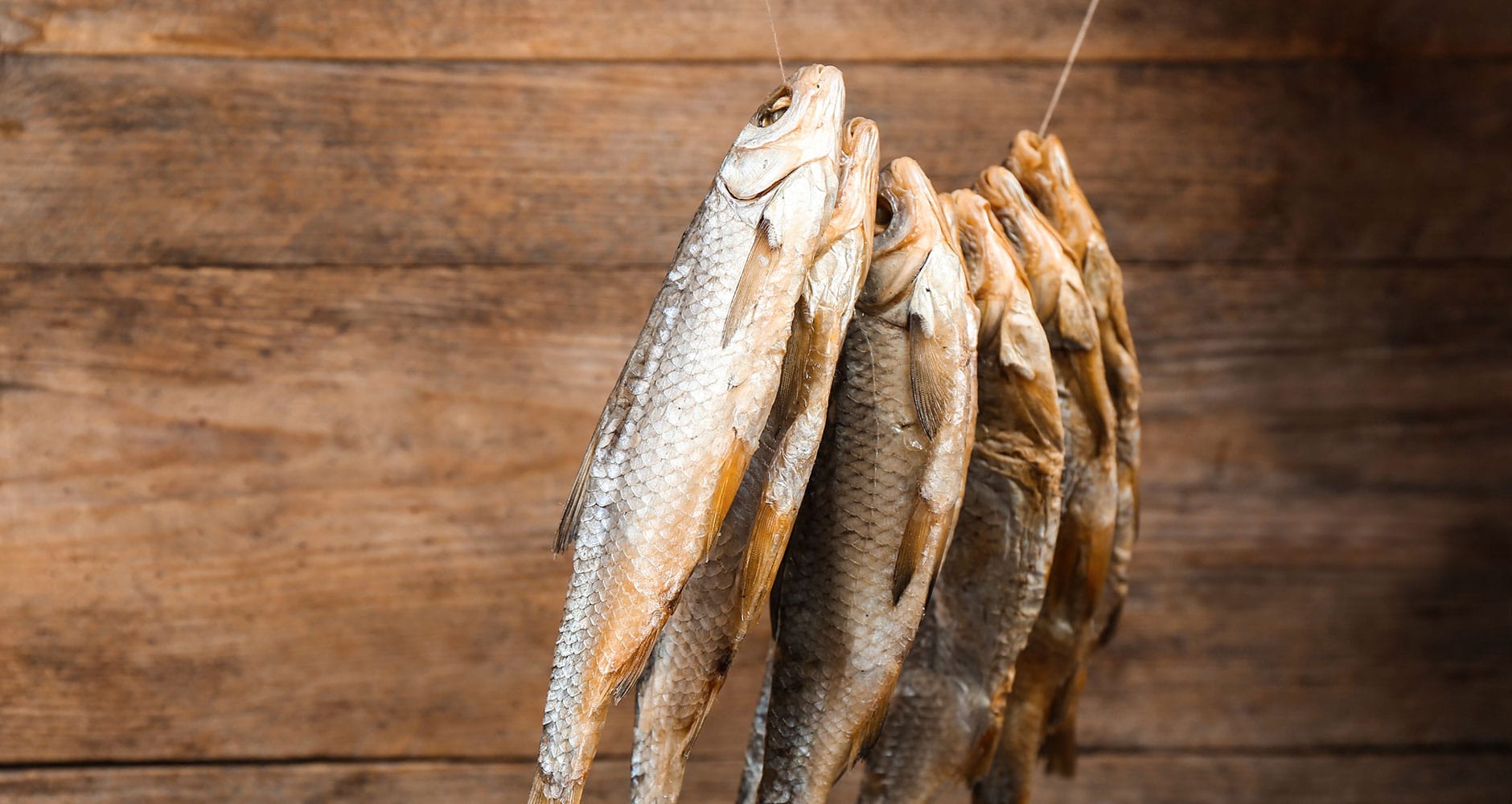
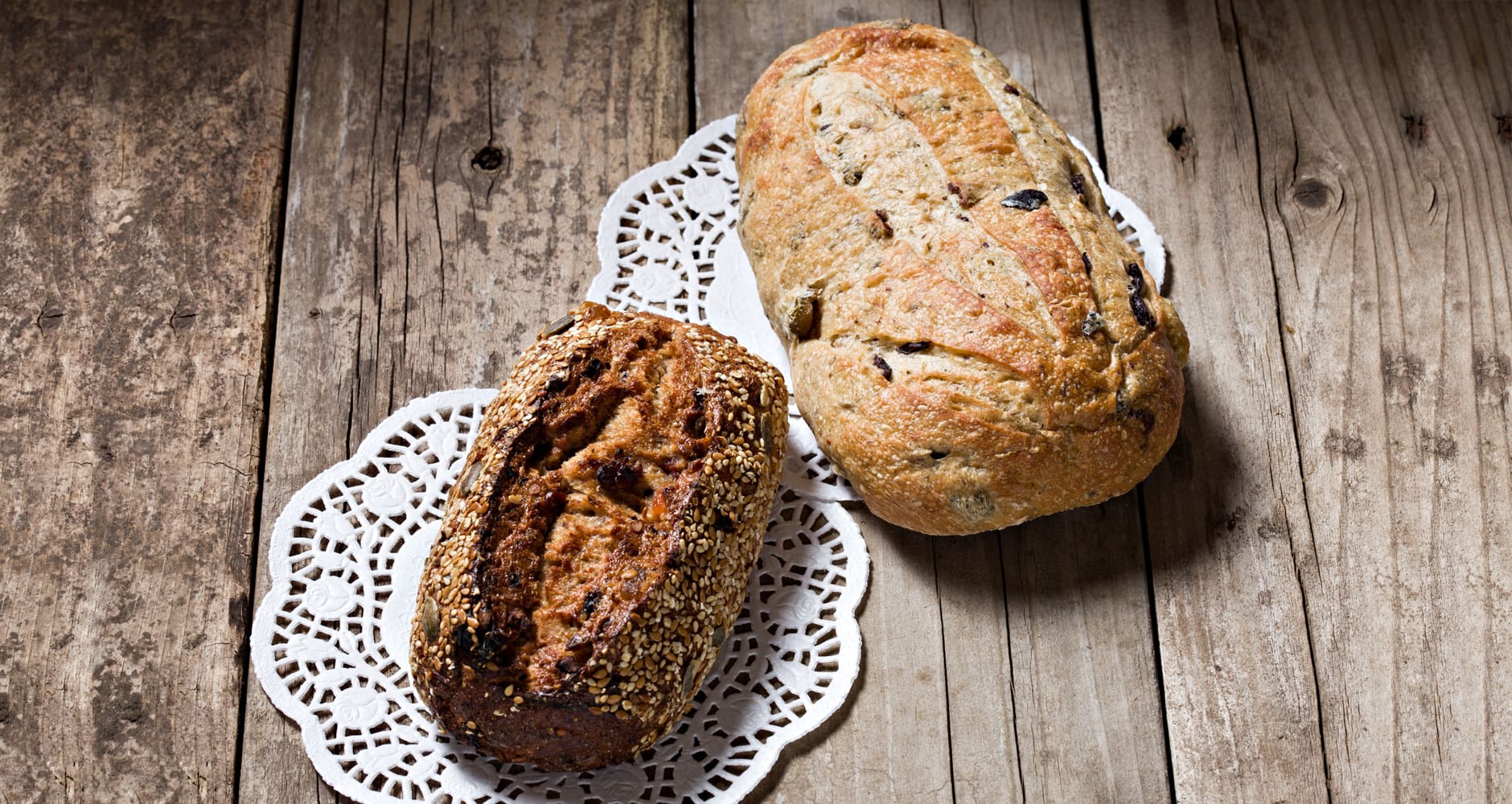
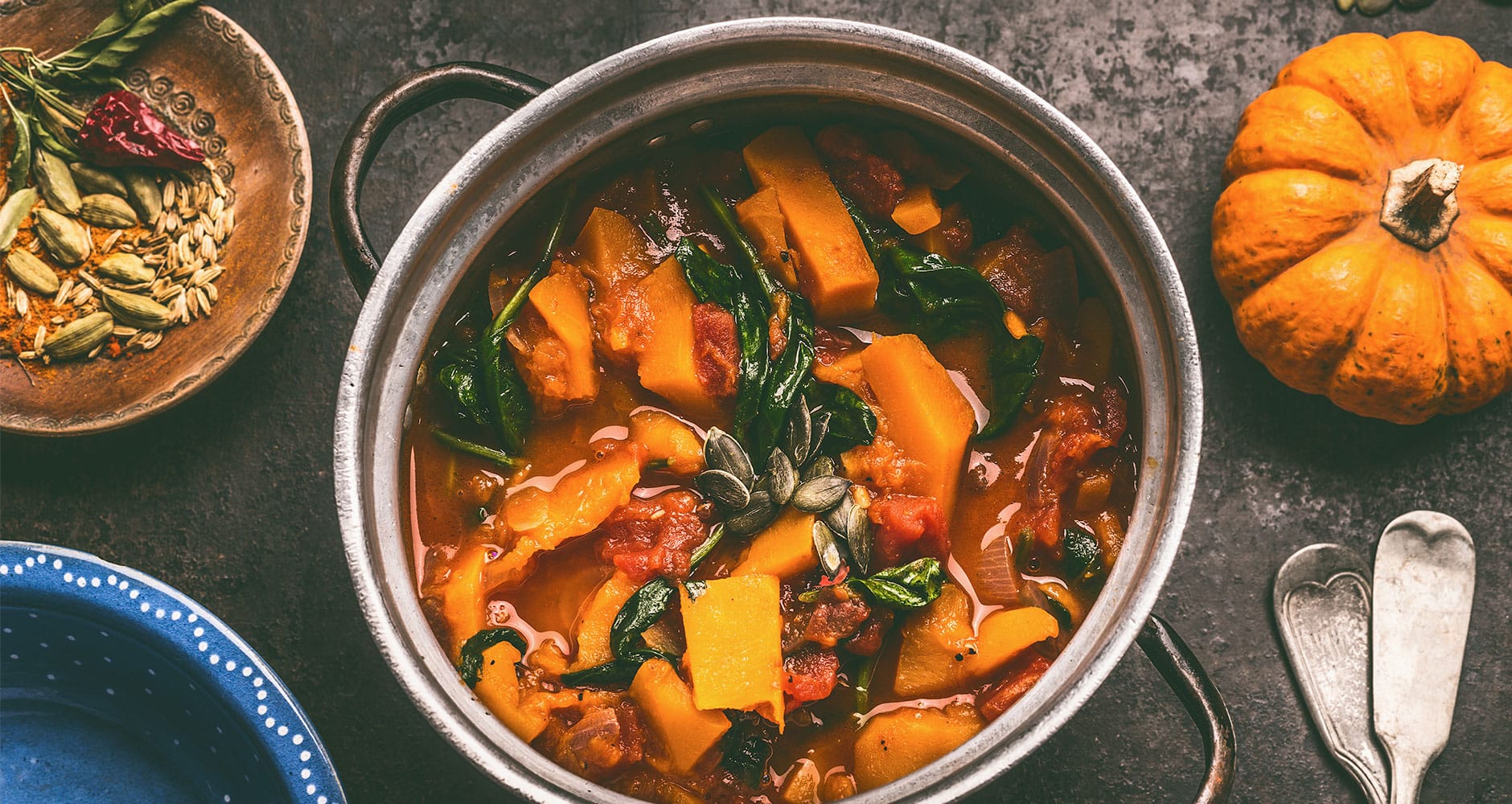



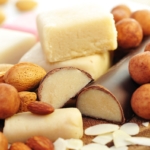
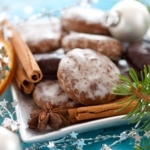
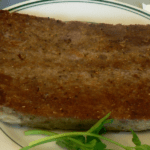
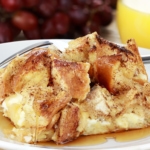
If the pilgrims had ducks, turkeys & pigeons why not use the eggs?
These types of fowl would not have been domesticated so the fowl could easily be found but not their nesting areas.
I am curious to know, is this documented somewhere? I know we can speculate a lot by history of what grew and was available. This is written as fact and I would like to be able to quote the source if there is one. Thanks.
I’ve read that there are two existing surviving documents but I don’t know exactly what is written.
wow so helpful !!!!!!!!!!!!!!!!!!!!!!!!!!!!!